When you measure liquids, understanding the relationship between gallons and ounces becomes essential. If you're wondering how many ounces in a gallon, in the United States, 1 US gallon equals 128 US fluid ounces, while in the United Kingdom, a gallon contains 160 ounces. This difference arises because the US gallon is based on the old British "Wine Gallon," measuring about 3.785 liters, whereas the UK gallon, part of the Imperial system, equals 4.546 liters. Knowing these distinctions ensures accurate conversions, whether you're calculating recipes, tracking water intake, or comparing product sizes.

Image Source: pexels
Table of Contents
- How Many Ounces in a Gallon?]
- Why Are US and UK Gallons Different?
- What Is a Gallon? Understanding the Basics
- What Is an Ounce? Breaking It Down
- Converting Ounces to Gallons (and Vice Versa)
- How Many Water Bottles Are in a Gallon?
- Daily Water Intake Recommendations
- Why Understanding Gallons and Ounces Matters
- Fluid Ounces in a Gallon: Practical Applications
- FAQ
How many ounces are in a gallon?
Why do US and UK gallons differ?
How can I convert ounces to gallons?
What is the difference between fluid ounces and dry ounces?
How many water bottles equal a gallon?
Can I use gallons and ounces interchangeably for dry goods?
How do I measure half a gallon in ounces?
Why is understanding ounces and gallons important?
Are there tools to help with gallon-to-ounce conversions?
What are some common uses for gallon and ounce measurements?
How Many Ounces in a Gallon?
Understanding how many ounces in a gallon is essential for accurate liquid measurements. The number of ounces in a gallon depends on the measurement system you use. The United States and the United Kingdom define gallons differently, which leads to variations in the number of ounces.
US Gallon: 128 Fluid Ounces
In the United States, a gallon contains exactly 128 fluid ounces. This measurement is part of the US Customary System, which is widely used for everyday purposes like cooking, measuring beverages, and tracking water intake. A US gallon equals 3.785 liters, making it smaller than its UK counterpart.
To put this into perspective:
-
1 gallon = 4 quarts
-
1 gallon = 8 pints
-
1 gallon = 16 cups
-
1 gallon = 128 fluid ounces
This standardization simplifies conversions. For example, if you want to know how many ounces are in half a gallon, you can divide 128 by 2, resulting in 64 fluid ounces. This consistency makes the US gallon a practical unit for measuring liquids like milk, water, or juice.
UK Gallon: 160 Fluid Ounces
The UK gallon, also known as the Imperial gallon, contains 160 fluid ounces. This measurement is part of the British Imperial System, which is still used in some countries like the United Kingdom and Canada. A UK gallon equals 4.546 liters, making it about 20% larger than a US gallon.
The UK gallon is defined based on the weight of water. Specifically, it represents the volume of 10 pounds of distilled water at a specific temperature. This definition ensures precision in industries like fuel measurement and scientific research.
Here’s a quick breakdown:
-
1 UK gallon = 4 quarts
-
1 UK gallon = 8 pints
-
1 UK gallon = 160 fluid ounces
If you’re converting between systems, remember that the UK gallon holds more fluid ounces than the US gallon. This distinction is crucial when comparing product sizes or following recipes from different regions.
Why Are US and UK Gallons Different?
The difference between US and UK gallons stems from their historical origins. The US gallon is based on the old British "Wine Gallon," which measured 231 cubic inches. This measurement was tied to the weight of wine, with one fluid ounce representing an ounce of wine by weight. Over time, the US adopted this standard for its Customary System.
The UK gallon, on the other hand, was defined later. It represents the volume of 10 pounds of distilled water, which equals 277.42 cubic inches. This definition became part of the British Imperial System in 1824, creating a larger gallon compared to the US version.
These differences highlight the importance of understanding the context of your measurements. Whether you’re calculating how many ounces in a gallon for a recipe or determining the fluid ounces in a gallon of fuel, knowing the system in use ensures accuracy.
What Is a Gallon? Understanding the Basics
Understanding the concept of a gallon is essential for accurate liquid measurements. The gallon has a rich history and serves as a fundamental unit in both the US Customary and British Imperial systems. Its definition and usage vary depending on the context, making it important to grasp its nuances.
Definition of a Gallon
A gallon is a unit of volume used to measure liquids like water, milk, and fuel. It originated in England as a standard for measuring wine and beer. Over time, different systems adopted varying definitions of the gallon. Today, the two most common types are the US gallon and the UK gallon.
The US gallon, also known as the liquid gallon, is based on the old British "Wine Gallon." It measures 231 cubic inches or approximately 3.785 liters. This measurement became the standard in the early 19th century and remains widely used in the United States.
The UK gallon, part of the British Imperial system, is larger. It measures 277.42 cubic inches or about 4.546 liters. This version was defined in 1824 and is still used in some countries that follow the Imperial system.
US Gallon vs UK Gallon: Key Differences
The US gallon and UK gallon differ significantly in size and origin. These differences can impact conversions, especially when dealing with recipes, product labels, or international trade.
-
Volume:
-
A US gallon equals 128 fluid ounces.
-
A UK gallon contains 160 fluid ounces.
-
-
Historical Basis:
-
The US gallon stems from the "Wine Gallon," which was tied to the weight of wine.
-
The UK gallon represents the volume of 10 pounds of distilled water at a specific temperature.
-
-
Usage:
-
The US gallon is common in the United States and some Latin American countries.
-
The UK gallon is used in the United Kingdom, Canada, and other Commonwealth nations.
-
These distinctions highlight the importance of knowing which system you are using. Misunderstanding the type of gallon can lead to inaccurate measurements, especially when converting ounces.
Wet Gallons vs Dry Gallons: Are They the Same?
The term "gallon" can also refer to wet gallons and dry gallons, which serve different purposes. While both measure volume, they are not interchangeable.
-
Wet Gallons: These measure liquids like water, milk, and oil. The US liquid gallon, which equals 128 fluid ounces, falls into this category. It is the most commonly used gallon in everyday life.
-
Dry Gallons: These measure dry goods like grains, fruits, and other solids. A dry gallon equals 268.8 cubic inches, which is larger than a liquid gallon. However, dry gallons are less commonly used today.
Understanding the difference between wet and dry gallons ensures accurate measurements in cooking, farming, and other applications. Always confirm whether the measurement refers to a liquid gallon or a dry gallon to avoid errors.
What Is an Ounce? Breaking It Down
An ounce serves as a versatile unit of measurement, but its meaning changes depending on the context. You may encounter two primary types: fluid ounces and dry ounces. Each plays a distinct role in measuring liquids and solids, making it essential to understand their differences.
Fluid Ounces vs Dry Ounces: What’s the Difference?
A fluid ounce measures volume, while a dry ounce measures weight. This distinction is crucial when working with recipes or calculating quantities. For example, a fluid ounce determines how much space a liquid occupies, such as water, oil, or juice. On the other hand, a dry ounce measures the weight of solid ingredients like flour, sugar, or grains.
Key Insight: One fluid ounce equals 1/16th of a US pint or approximately 28.3 grams. However, this measurement applies only to liquids and not to dry goods.
When measuring liquids, you should use tools like a glass measuring cup with volume markings. These tools ensure accuracy by accounting for the liquid's density. For dry ingredients, a kitchen scale provides the most precise results. Remember, liquids and solids have different densities, so using the wrong type of ounce can lead to errors in your measurements.
How Ounces Are Used in Everyday Measurements
Ounces play a vital role in daily life, especially in cooking, baking, and shopping. You often see fluid ounces on product labels for beverages, soups, and sauces. These labels help you understand the volume of the liquid inside the container. For instance, a standard bottle of water typically holds 16.9 fluid ounces.
Dry ounces, on the other hand, are common in recipes that require precise amounts of dry ingredients. For example, a recipe might call for 8 ounces of flour, which refers to its weight rather than its volume. Using a scale ensures you measure the correct amount, avoiding inconsistencies in your dish.
Here are some practical examples of how ounces are used:
-
Cooking and Baking: Recipes often specify whether to use fluid ounces or dry ounces. Following these instructions ensures your dish turns out as intended.
-
Shopping: Product packaging frequently lists contents in ounces, helping you compare sizes and quantities.
-
Health and Fitness: Tracking water intake often involves fluid ounces, while portioning food may require dry ounces.
Understanding the difference between fluid ounces and dry ounces simplifies these tasks. It also ensures you achieve accurate results, whether you're preparing a meal or monitoring your hydration.
Converting Ounces to Gallons (and Vice Versa)
Understanding how to convert between ounces and gallons is essential for accurate measurements in cooking, hydration tracking, or any task involving liquids. The process is straightforward when you know the conversion factor. In the U.S. measurement system, 1 gallon equals 128 fluid ounces. This section will guide you through simple formulas, quick reference charts, and practical scenarios to make these conversions effortless.
Simple Conversion Formula
To convert between ounces and gallons, you only need a basic formula. Whether you're working with small quantities or larger volumes, this method ensures precision:
-
To convert ounces to gallons: Divide the number of ounces by 128.
For example, if you have 256 ounces, divide 256 by 128. The result is 2 gallons. -
To convert gallons to ounces: Multiply the number of gallons by 128.
For instance, if you have 3 gallons, multiply 3 by 128. The result is 384 ounces.
This formula works for any liquid measurement, whether you're calculating water intake or determining the volume of a recipe ingredient.
Conversion Chart for Quick Reference
A conversion chart can save time when you need to switch between ounces and gallons frequently. Below is a handy reference for common measurements:
|
Ounces |
Gallons |
|---|---|
|
8 oz |
0.0625 gallons |
|
16 oz |
0.125 gallons |
|
32 oz |
0.25 gallons |
|
64 oz |
0.5 gallons |
|
128 oz |
1 gallon |
|
256 oz |
2 gallons |
|
384 oz |
3 gallons |
This chart highlights the most commonly used conversions. For example, if you have a 64-ounce container, you now know it equals half a gallon. Similarly, a standard 16-ounce water bottle represents 0.125 gallons.
Common Scenarios for Ounce-to-Gallon Conversions
You encounter ounce-to-gallon conversions in various everyday situations. Here are some practical examples to illustrate their importance:
-
Tracking Water Intake:
Health experts often recommend drinking a gallon of water daily. If your water bottle holds 16 ounces, you’ll need to drink eight bottles to meet this goal. Divide 128 (the number of ounces in a gallon) by 16 to determine the number of bottles required. -
Cooking and Baking:
Recipes sometimes list ingredients in gallons or ounces. For instance, if a recipe calls for 0.5 gallons of milk, you can convert it to ounces by multiplying 0.5 by 128. The result is 64 ounces, ensuring you measure the correct amount. -
Shopping for Liquids:
When comparing product sizes, understanding conversions helps you make informed decisions. A 1-gallon jug of juice contains 128 ounces, while a smaller 32-ounce bottle holds only 0.25 gallons. This knowledge allows you to calculate value for money. -
Fuel Measurement:
Gasoline is often sold in gallons, but smaller containers may list capacity in ounces. Knowing how to convert gallons to ounces ensures you purchase the right amount for your needs.
By mastering these conversions, you simplify tasks and avoid errors. Whether you're calculating how to convert gallons to ounces for a recipe or determining the gallons to fluid ounces in a container, these skills prove invaluable.
How Many Water Bottles Are in a Gallon?

Understanding how many water bottles fit into a gallon helps you track hydration and manage liquid consumption effectively. The number of bottles depends on their size, which varies widely. By knowing the standard sizes and performing simple calculations, you can determine how many bottles equal a gallon.
Standard Water Bottle Sizes (16.9 oz, 32 oz, etc.)
Water bottles come in various sizes, catering to different needs. The most common sizes include:
-
8 oz: Small and portable, often used for kids or quick hydration.
-
16.9 oz: The standard size for bottled water, equivalent to approximately 500 milliliters.
-
24 oz: A slightly larger option, ideal for those who need more water without frequent refills.
-
32 oz: Popular among athletes and outdoor enthusiasts, holding about one liter of liquid.
These sizes provide flexibility, whether you need a compact bottle for convenience or a larger one for extended use. For reference, 16.9 ounces is the most widely available size in stores, making it a practical choice for everyday use.
Calculating the Number of Bottles in a Gallon
To calculate how many bottles fit into a gallon, divide 128 (the number of ounces in a gallon of water) by the bottle size in ounces. This formula works for any bottle size:
-
16.9 oz bottles: Divide 128 by 16.9. The result is approximately 7.57 bottles.
-
32 oz bottles: Divide 128 by 32. The result is exactly 4 bottles.
-
24 oz bottles: Divide 128 by 24. The result is about 5.33 bottles.
For example, if you drink from a 16.9-ounce bottle, you’ll need to consume about eight bottles to reach a gallon. Similarly, four 32-ounce bottles will also equal a gallon. These calculations simplify tracking your daily water intake or determining how much liquid you need for a specific activity.
Practical Examples for Everyday Use
Knowing how many bottles make up a gallon proves useful in various scenarios:
-
Hydration Goals:
If your goal is to drink a gallon of water daily, you can plan accordingly. For instance, using 16.9-ounce bottles, you’ll need to finish around eight bottles throughout the day. This approach helps you stay on track with your hydration targets. -
Meal Preparation:
Recipes often require precise liquid measurements. If a recipe calls for a gallon of milk, you can use four 32-ounce bottles or about eight 16.9-ounce bottles to meet the requirement. This ensures accuracy in cooking or baking. -
Outdoor Activities:
When packing for a hike or camping trip, knowing how many bottles equal a gallon helps you plan your water supply. For example, carrying four 32-ounce bottles provides exactly one gallon, ensuring you stay hydrated during your adventure. -
Shopping Decisions:
Understanding these conversions helps you compare product sizes. For instance, if a gallon of milk costs $4 and a 32-ounce bottle costs $1, you can calculate which option offers better value.
By applying these calculations, you simplify everyday tasks and make informed decisions. Whether you’re tracking ounces in a gallon of water or determining ounces in a gallon of milk, this knowledge proves invaluable.
Daily Water Intake Recommendations
Staying hydrated is essential for maintaining your overall health and well-being. Understanding how much water you need daily and how to track it effectively can help you meet your hydration goals. This section provides practical insights into daily water intake recommendations and tips to ensure you stay hydrated throughout the day.
How Much Water Should You Drink Daily?
The amount of water you need depends on various factors, including your age, gender, activity level, and overall health. According to the U.S. National Academies of Sciences, Engineering, and Medicine, men should aim for 125 ounces of water per day, while women should consume 91 ounces. These recommendations include all fluids from beverages and food.
The Office on Women’s Health offers slightly different guidelines. Men are advised to drink about 1 gallon (15 cups) daily, while women should aim for 0.7 gallons (11.5 cups). Pregnant women require approximately 81 ounces (0.6 gallons), and breastfeeding mothers need 108 ounces (0.8 gallons) to stay adequately hydrated.
Another guideline from the National Academy of Medicine suggests men consume 104 ounces daily, with women needing 72 ounces. While these numbers vary slightly, they provide a solid foundation for understanding your hydration needs. Adjust your intake based on your lifestyle, climate, and physical activity.
Quick Tip: If you struggle to track your water intake, consider using a reusable bottle marked with ounces or a hydration app to monitor your progress.
Using Gallons and Ounces to Track Water Intake
Tracking your water intake in gallons and ounces simplifies the process and ensures accuracy. A gallon contains 128 ounces, making it a convenient unit for measuring your daily hydration goals. For example, if your target is 125 ounces, you know you need just under 1 gallon of water each day.
Here’s how you can break it down:
-
Use a 32-ounce bottle and refill it four times to reach 128 ounces (1 gallon).
-
Opt for a 16.9-ounce bottle and drink about eight bottles to meet your daily goal.
-
Choose a 24-ounce bottle and refill it approximately five times to consume 120 ounces.
This method works well for individuals who prefer visual cues. By dividing your daily target into smaller, manageable portions, you can stay on track without feeling overwhelmed.
Pro Tip: Keep a water bottle with you at all times. Having it within reach encourages you to sip throughout the day, helping you meet your hydration goals effortlessly.
Tips for Staying Hydrated Throughout the Day
Meeting your daily water intake doesn’t have to be challenging. Incorporate these practical tips into your routine to ensure you stay hydrated:
-
Start Your Day with Water
Drink a glass of water as soon as you wake up. This habit jumpstarts your hydration and sets a positive tone for the rest of the day. -
Set Reminders
Use alarms or smartphone notifications to remind yourself to drink water at regular intervals. These prompts help you stay consistent, especially during busy days. -
Flavor Your Water
Add natural flavors like lemon, cucumber, or mint to make water more appealing. This simple trick encourages you to drink more without adding unnecessary calories. -
Pair Water with Meals
Drink a glass of water before, during, and after meals. This practice not only aids digestion but also helps you reach your daily target. -
Monitor Your Urine Color
Pay attention to the color of your urine. Pale yellow indicates proper hydration, while darker shades suggest you need more water. -
Carry a Reusable Bottle
Invest in a high-quality reusable bottle that suits your lifestyle. Whether you prefer a lightweight plastic bottle or an insulated stainless steel one, having it on hand makes hydration convenient.
By following these tips, you can make hydration a seamless part of your daily routine. Whether you measure your intake in ounces or gallons, staying consistent is key to achieving optimal hydration.
Why Understanding Gallons and Ounces Matters
Understanding the relationship between gallons and ounces goes beyond simple conversions. It plays a vital role in various aspects of daily life, from preparing meals to achieving fitness goals and making informed decisions while shopping or traveling. Mastering these measurements ensures accuracy and efficiency in your everyday tasks.
Practical Applications in Cooking and Baking
In the kitchen, precision is key. Knowing how many ounces are in a gallon can make or break a recipe. For instance, when preparing soups, sauces, or beverages, you may need to scale up or down the ingredients. If a recipe calls for half a gallon of broth, you’ll know it equals 64 ounces, ensuring the right consistency and flavor.
“Achieving success in the kitchen often depends on accurate measurements.”
Dry gallons also come into play when measuring ingredients like grains or fruits. A dry gallon equals approximately 268.8 cubic inches, which is larger than a liquid gallon. This distinction is crucial when working with recipes that require precise quantities of dry goods. Whether you’re baking bread or cooking rice, understanding these conversions guarantees consistent results.
Additionally, converting smaller containers into gallons simplifies bulk cooking. For example, if you have a 32-ounce container of milk, you’ll know it takes four of these to make a full gallon. This knowledge helps you plan better and avoid running out of essential ingredients mid-recipe.
Importance for Fitness and Health Goals
Tracking your water intake becomes easier when you understand gallons and ounces. Many health experts recommend drinking a gallon of water daily. By knowing that a gallon equals 128 ounces, you can break this goal into manageable portions. For example, consuming eight 16-ounce bottles throughout the day ensures you stay hydrated.
Pro Tip: Use a reusable water bottle marked with ounces to monitor your progress effortlessly.
This understanding also extends to meal preparation for fitness goals. If your diet plan requires specific liquid measurements, such as protein shakes or smoothies, knowing how to convert ounces to gallons ensures you follow the plan accurately. For instance, if your shake recipe calls for 0.25 gallons of milk, you’ll know it equals 32 ounces, making it easy to measure.
Hydration and nutrition are critical for physical performance. Whether you’re an athlete or someone pursuing a healthier lifestyle, mastering these conversions supports your journey by simplifying your daily routines.
Everyday Uses in Shopping and Travel
Shopping for liquids often involves comparing sizes and prices. Understanding how many ounces are in a gallon helps you make informed decisions. For example, if a gallon of juice costs $6 and a 32-ounce bottle costs $2, you can calculate which option offers better value. This skill proves especially useful when buying in bulk or planning for events.
Traveling also benefits from this knowledge. When packing liquids for a trip, you may need to adhere to specific volume restrictions. Knowing that a gallon equals 128 ounces allows you to divide the liquid into smaller containers that meet travel regulations. For instance, you could use four 32-ounce bottles to transport a gallon of water or other beverages.
Additionally, understanding these measurements helps you navigate product labels more effectively. Many items list their contents in ounces, so converting them to gallons provides a clearer picture of what you’re purchasing. This insight ensures you get the most out of your money and resources.
“Knowing how many ounces are in a gallon proves useful in countless situations, from recipes to shopping decisions.”
By applying this knowledge, you simplify everyday tasks and enhance your decision-making skills. Whether you’re in the kitchen, at the gym, or on the go, understanding gallons and ounces empowers you to handle liquid measurements with confidence.
Fluid Ounces in a Gallon: Practical Applications

Understanding how fluid ounces relate to a gallon can simplify many everyday tasks. Whether you’re preparing meals, monitoring your hydration, or deciphering product labels, this knowledge ensures accuracy and efficiency. Let’s explore some practical applications where this understanding proves invaluable.
Measuring Liquids for Recipes
Precision is crucial when following recipes, especially for liquids. Knowing that one gallon equals 128 fluid ounces allows you to scale recipes up or down with ease. For instance, if a recipe calls for half a gallon of broth, you’ll need 64 fluid ounces. Similarly, a quarter gallon translates to 32 fluid ounces. These conversions ensure your dishes maintain their intended flavor and consistency.
Here’s a quick reference for common measurements:
-
1 cup = 8 fluid ounces
-
1/2 cup = 4 fluid ounces
-
1/4 cup = 2 fluid ounces
When working with smaller quantities, remember that 1 tablespoon equals 0.5 fluid ounces. This breakdown helps you measure ingredients accurately, whether you’re making a sauce, soup, or beverage. Using measuring tools like cups and spoons marked with fluid ounce equivalents can further enhance your precision.
“Accurate liquid measurements are the foundation of successful cooking and baking.”
Tracking Liquid Consumption for Health
Monitoring your daily water intake becomes simpler when you understand the relationship between fluid ounces and gallons. Health experts often recommend drinking a gallon of water daily, which equals 128 fluid ounces. Breaking this goal into smaller portions makes it more manageable. For example:
-
Four 32-ounce bottles equal one gallon.
-
Eight 16-ounce glasses also make up a gallon.
If you prefer smaller containers, you’ll need approximately eight 16.9-ounce water bottles to reach your daily target. This approach helps you stay hydrated without feeling overwhelmed. Tracking your intake in ounces ensures you meet your hydration goals, whether for general health or fitness purposes.
“Hydration is essential for overall well-being. Breaking your water intake into smaller portions simplifies the process.”
Understanding Product Labels and Packaging
Product labels often list liquid contents in fluid ounces, which can be confusing when comparing sizes. Knowing that a gallon equals 128 fluid ounces allows you to make informed decisions. For instance, if a 32-ounce bottle of juice costs $2 and a gallon jug costs $6, you can calculate which option offers better value.
This knowledge also helps when purchasing bulk items or planning for events. If you need two gallons of milk for a recipe, you’ll know that equals 256 fluid ounces. Dividing this amount into smaller containers ensures you buy the right quantity without overspending.
Additionally, understanding fluid ounces helps you navigate packaging regulations. Many travel-size containers list their capacity in ounces. Knowing these conversions ensures you comply with restrictions while maximizing your packing efficiency.
“Mastering fluid ounce-to-gallon conversions empowers you to make smarter shopping and travel decisions.”
Understanding the relationship between gallons and ounces is a valuable skill for everyday life. A US gallon contains 128 ounces, while a UK gallon holds 160 ounces. This distinction is crucial for accurate conversions, whether you're following recipes, tracking your water intake, or measuring liquids for projects. Knowing the difference between fluid and dry ounces further enhances your ability to measure precisely. Use this guide as a reliable reference to simplify tasks and make informed decisions. Mastering these conversions ensures success in the kitchen, better hydration habits, and smarter shopping choices.
FAQ
How many ounces are in a gallon?
In the United States, a gallon contains exactly 128 ounces. This measurement follows the US Customary System, which is widely used for everyday tasks like cooking and tracking water intake. However, in the British Imperial System, a gallon equals 160 ounces. Always confirm the system being used to ensure accurate conversions.
Why do US and UK gallons differ?
The difference between US and UK gallons originates from their historical definitions. The US gallon is based on the "Wine Gallon," measuring 231 cubic inches, while the UK gallon represents the volume of 10 pounds of distilled water, equaling 277.42 cubic inches. These variations result in the US gallon being smaller than the UK gallon.
How can I convert ounces to gallons?
To convert ounces to gallons, divide the number of ounces by 128. For example, if you have 256 ounces, dividing by 128 gives you 2 gallons. This formula applies to the US measurement system. For the UK system, divide the ounces by 160 instead.
What is the difference between fluid ounces and dry ounces?
Fluid ounces measure volume, while dry ounces measure weight. For instance, a fluid ounce determines the space a liquid occupies, such as water or juice. A dry ounce measures the weight of solids like flour or sugar. Always use the appropriate type of ounce for accurate results.
How many water bottles equal a gallon?
The number of water bottle in a gallon depends on the bottle size. For a standard 16.9-ounce bottle, you’ll need about 7.57 bottles to make a gallon. If you use a 32-ounce bottle, four bottles will equal a gallon. Divide 128 (the ounces in a gallon) by the bottle size to calculate the exact number.
Can I use gallons and ounces interchangeably for dry goods?
No, gallons and ounces are primarily used for liquids. Dry goods require different units, such as dry gallons or dry ounces. A dry gallon equals approximately 268.8 cubic inches, which differs from a liquid gallon. Always confirm the type of measurement needed for your task.
How do I measure half a gallon in ounces?
To measure half a gallon, divide 128 (the ounces in a gallon) by 2. This calculation gives you 64 ounces. Whether you’re measuring water, milk, or any other liquid, this method ensures accuracy.
Why is understanding ounces and gallons important?
Understanding ounces and gallons helps you perform daily tasks more efficiently. Whether you’re following a recipe, tracking hydration, or comparing product sizes, knowing these measurements ensures precision.
Are there tools to help with gallon-to-ounce conversions?
Yes, many tools can assist with conversions. Measuring cups and jugs often include markings for ounces and gallons. Online calculators and conversion charts also provide quick and accurate results. These resources make it easier to handle conversions in various scenarios.
What are some common uses for gallon and ounce measurements?
Gallon and ounce measurements are essential in cooking, baking, and hydration tracking. They also play a role in shopping, where product sizes are often listed in ounces.
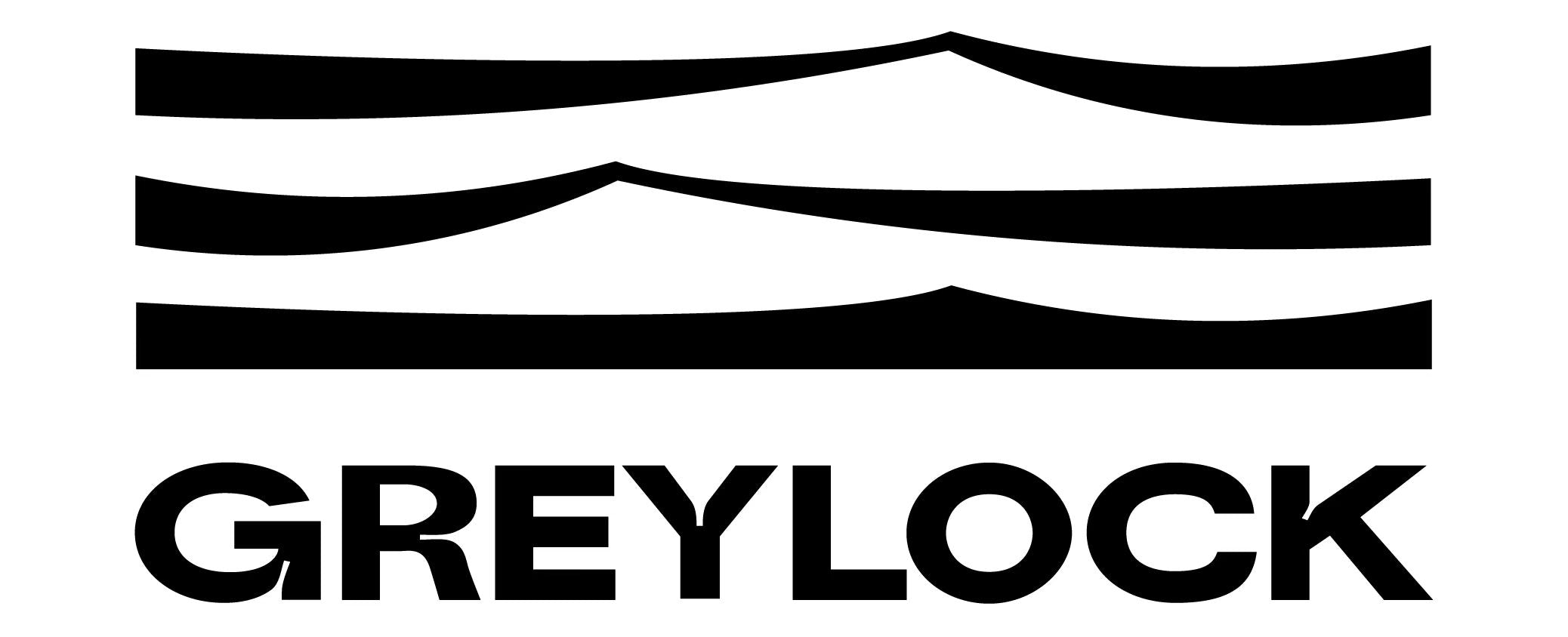

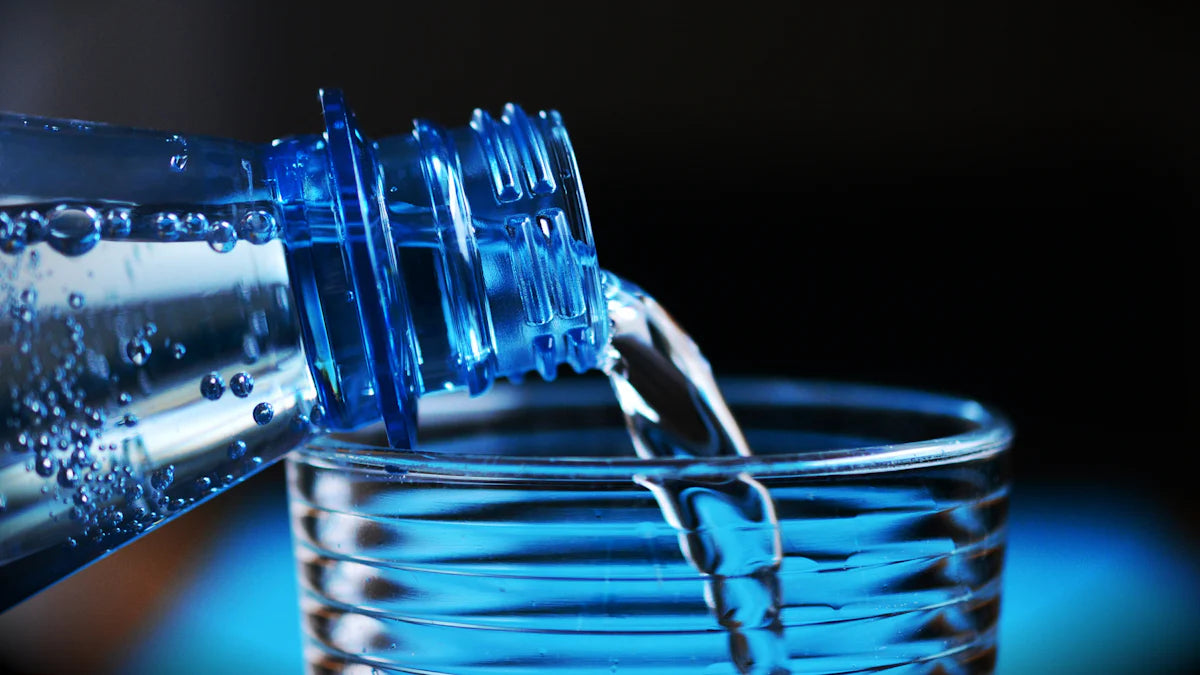
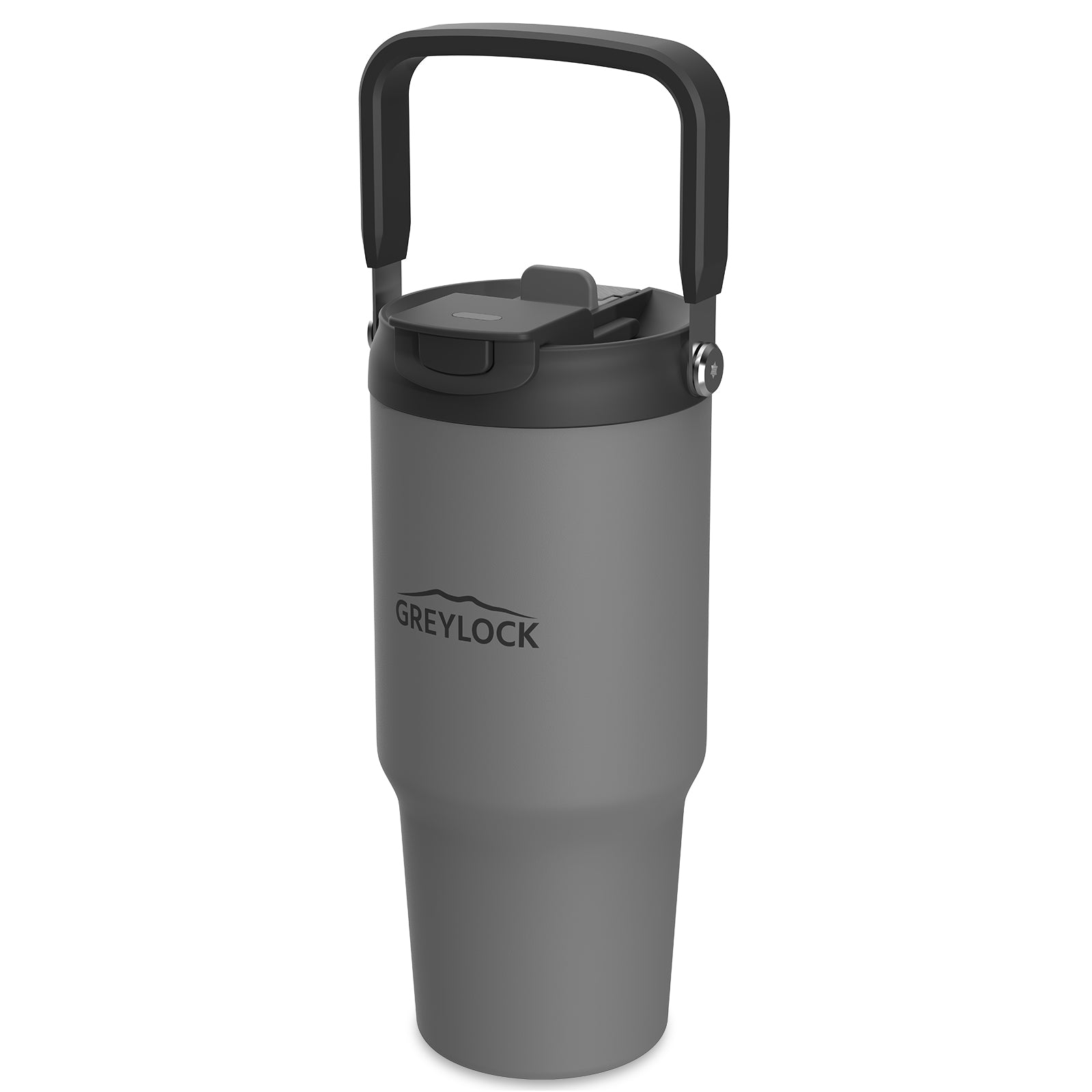
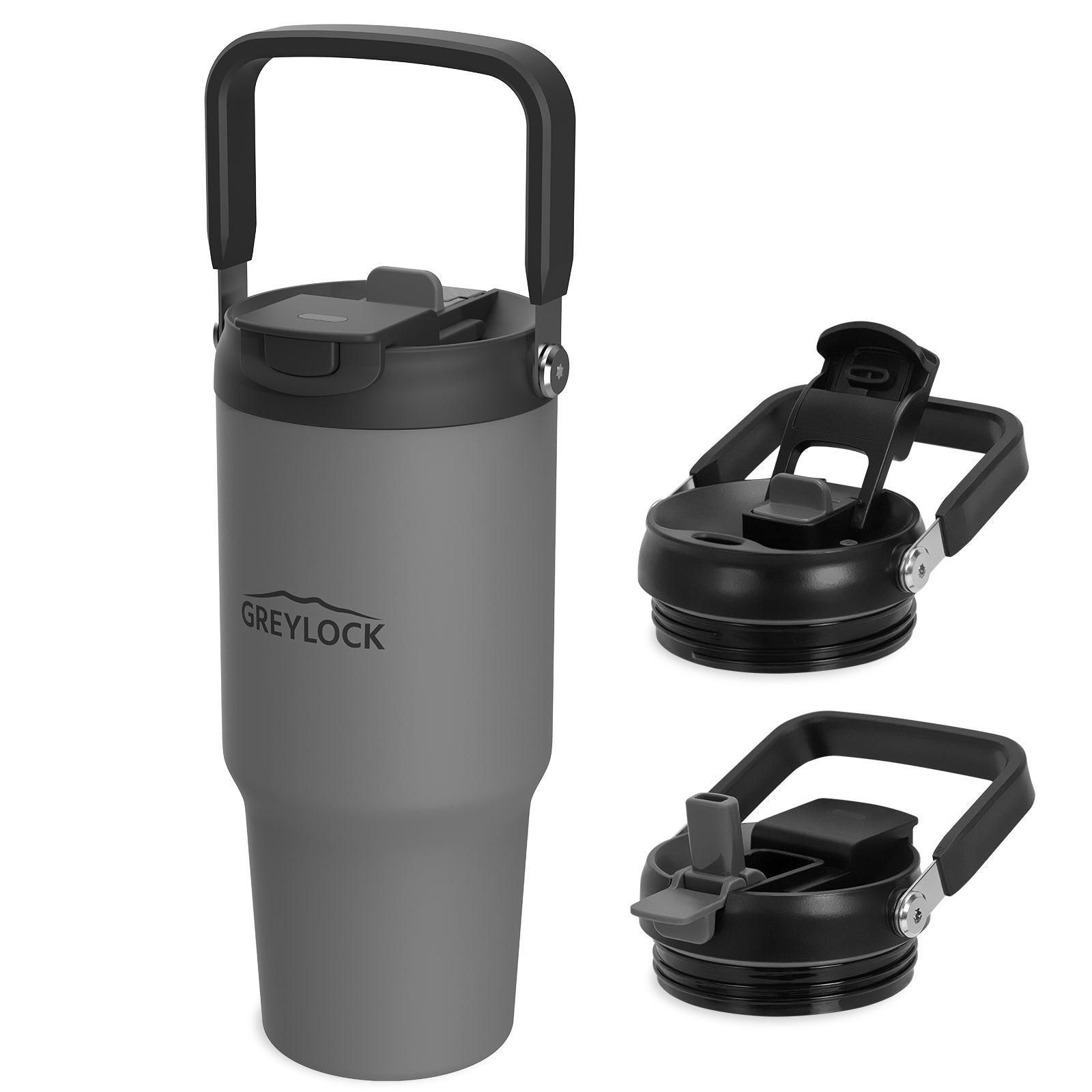
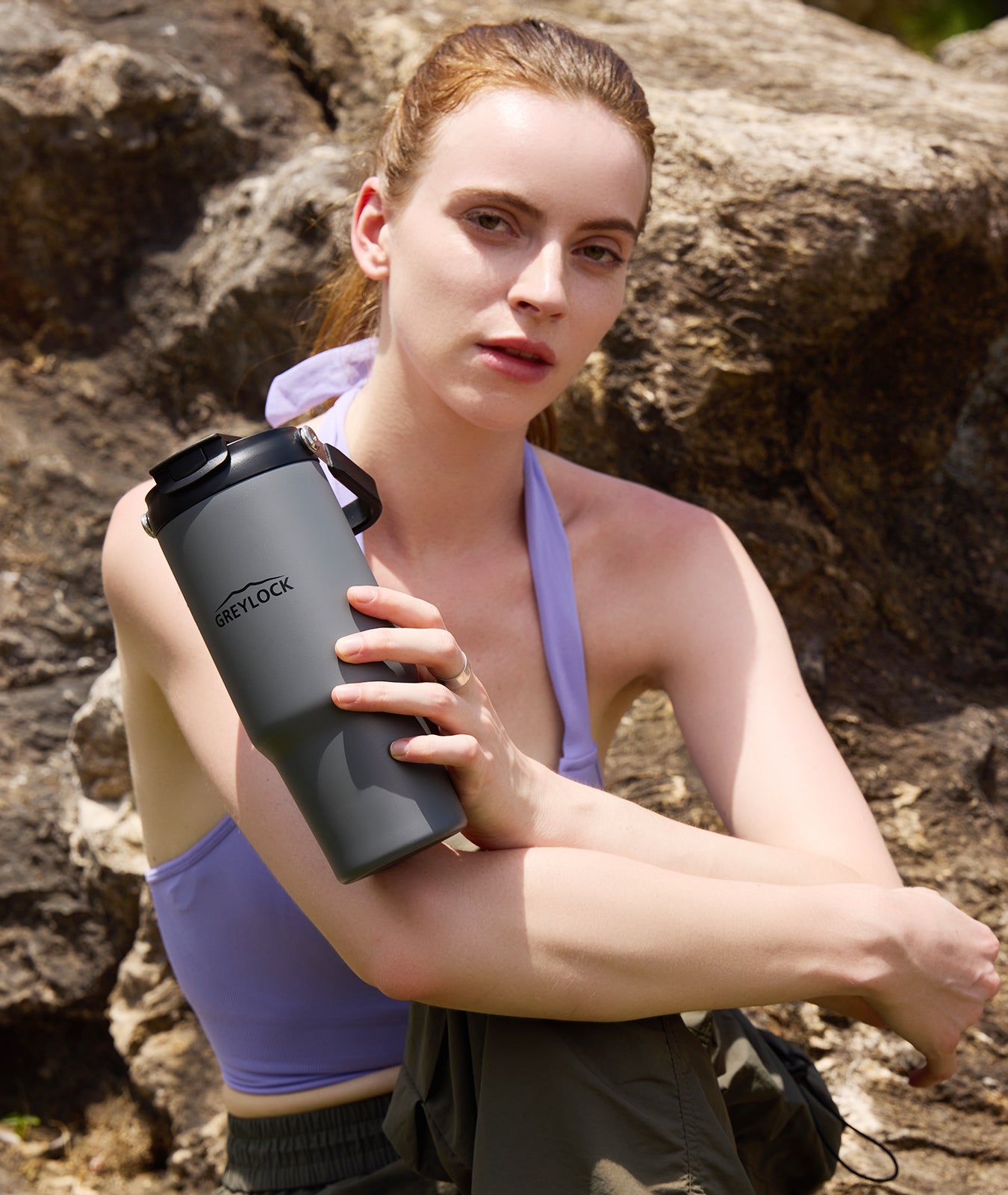
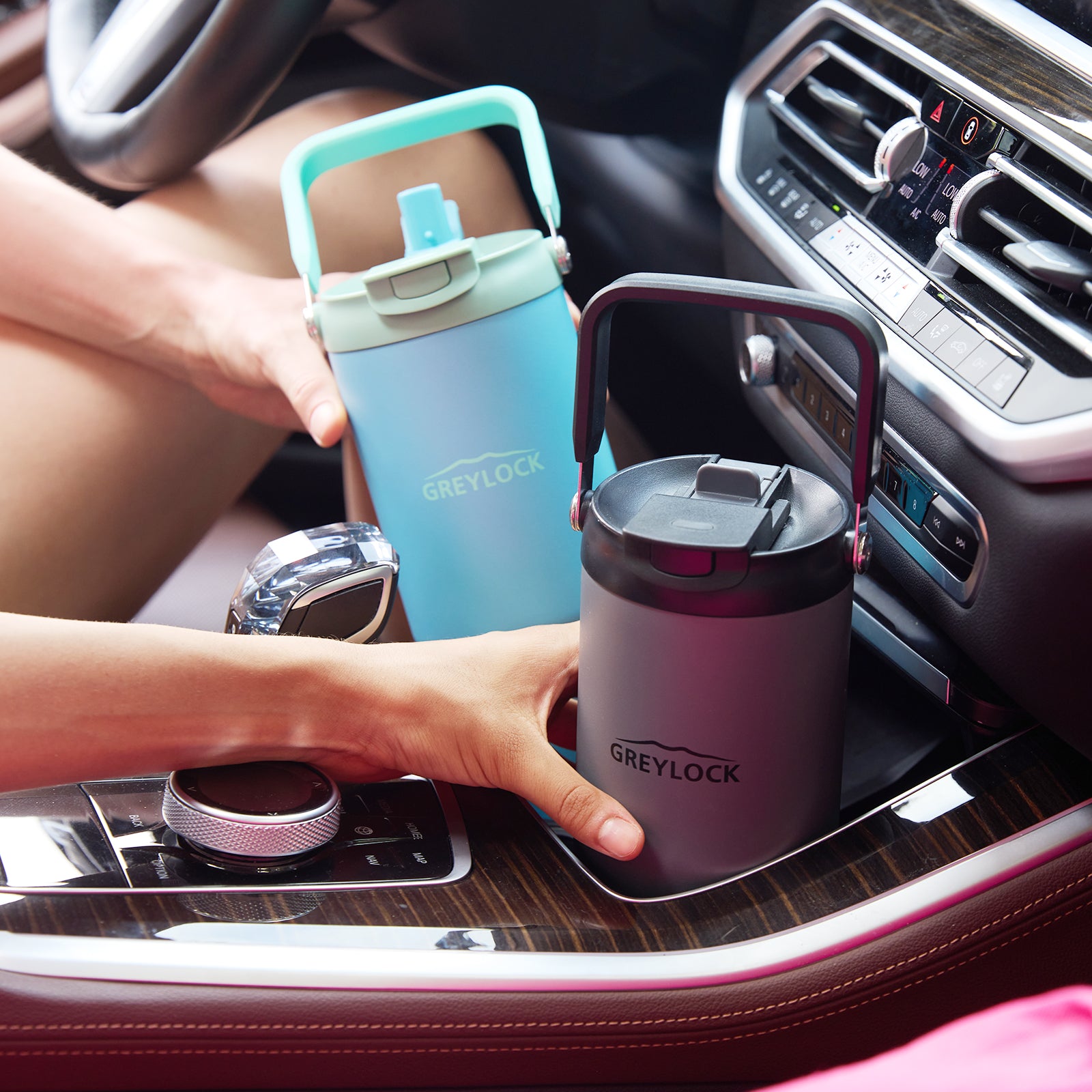
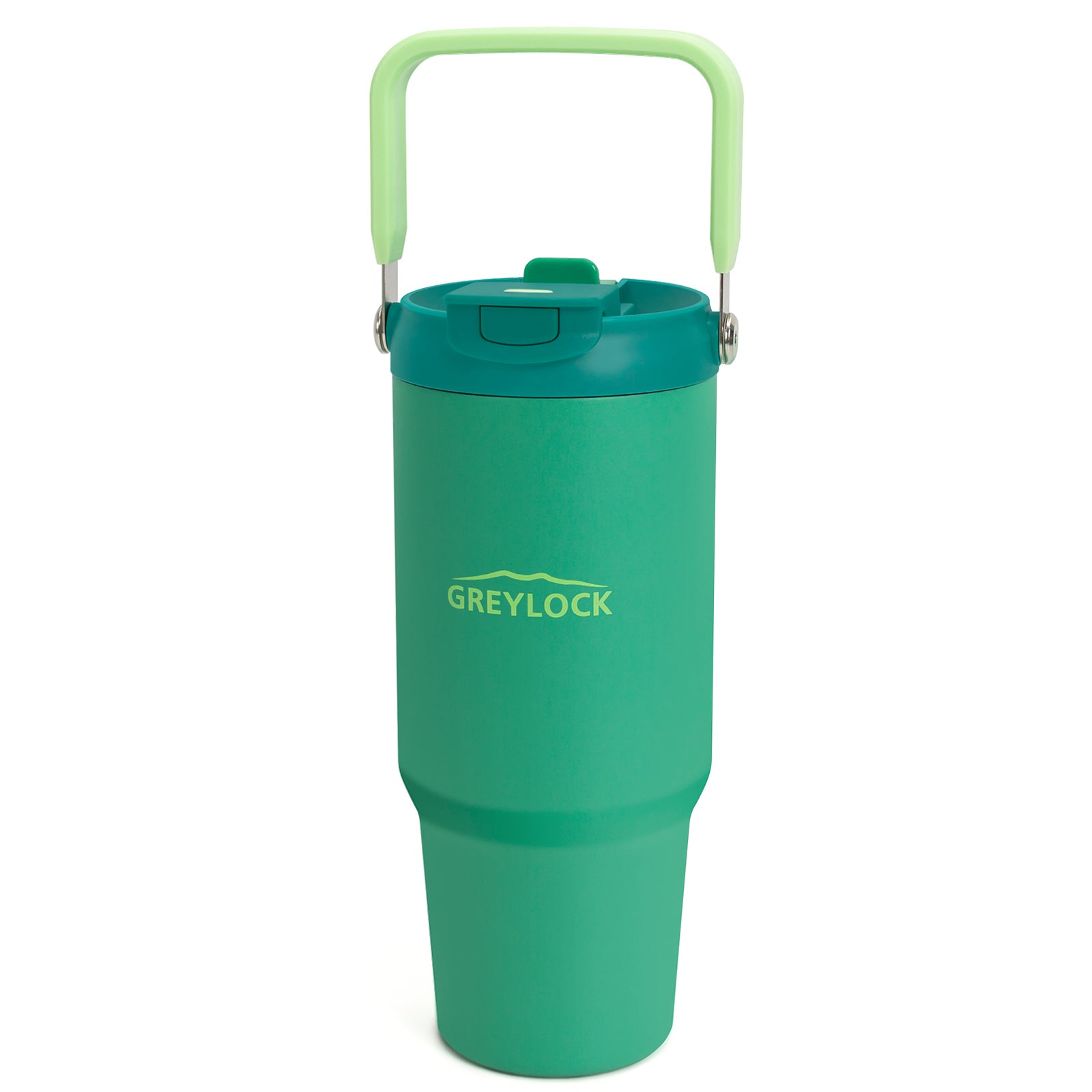
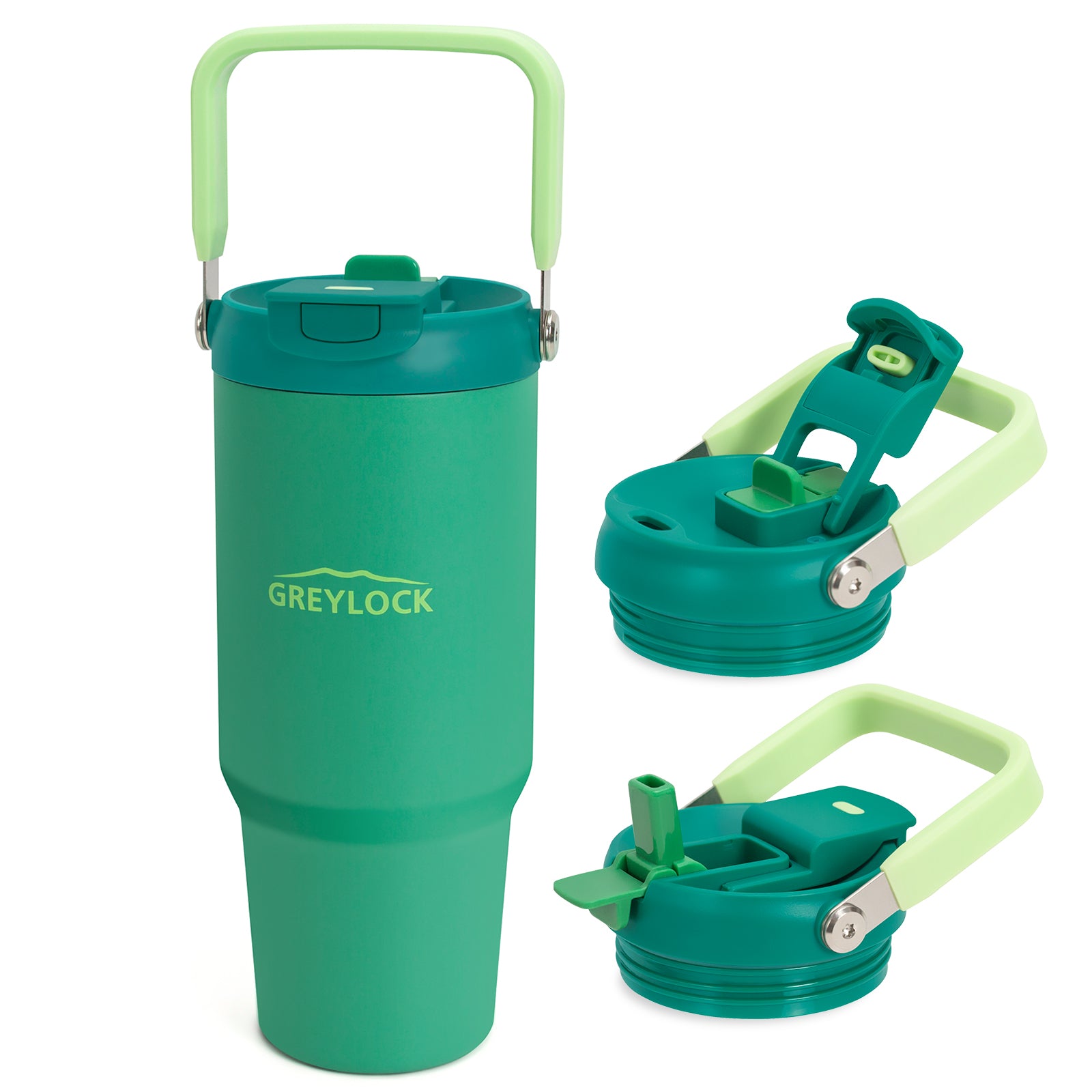

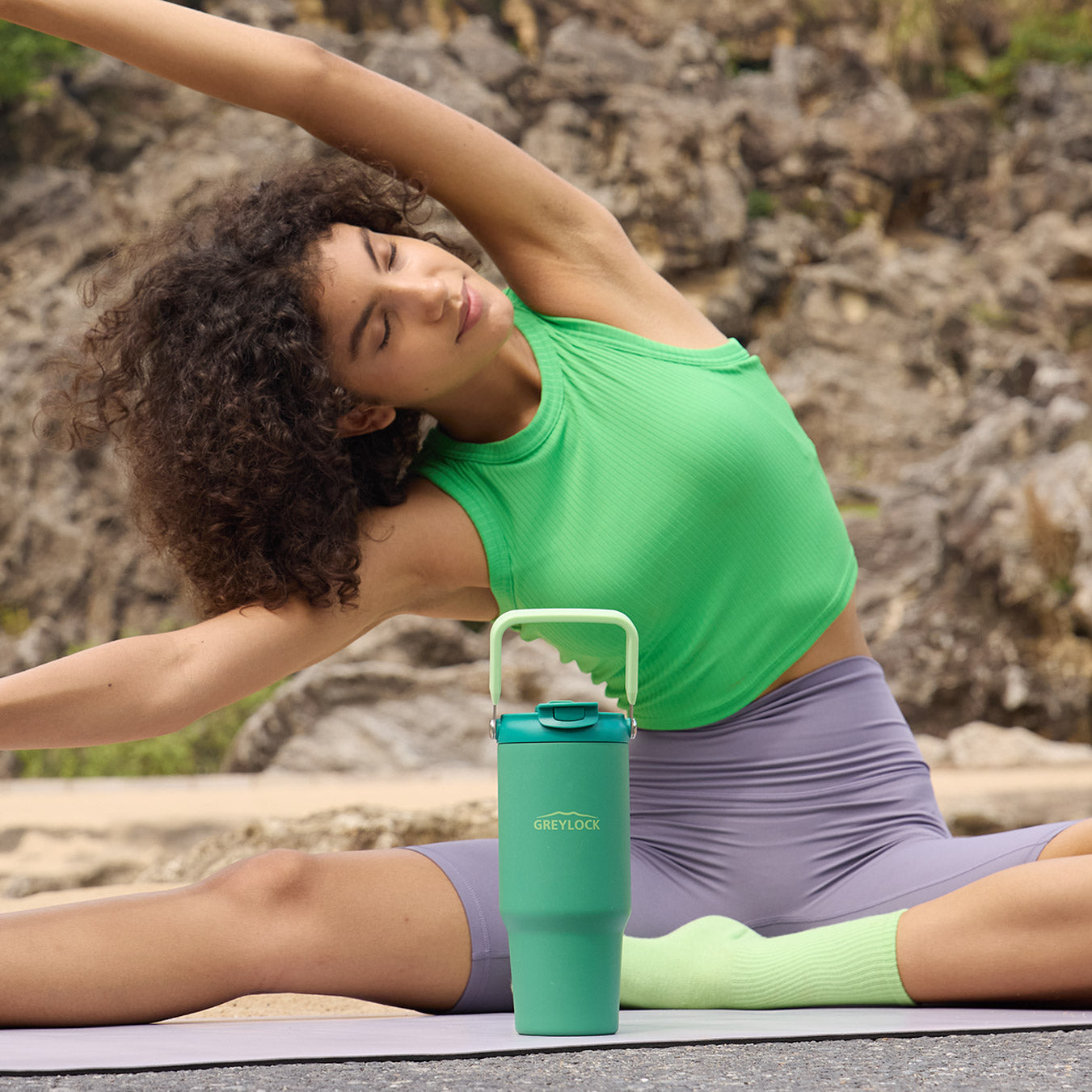
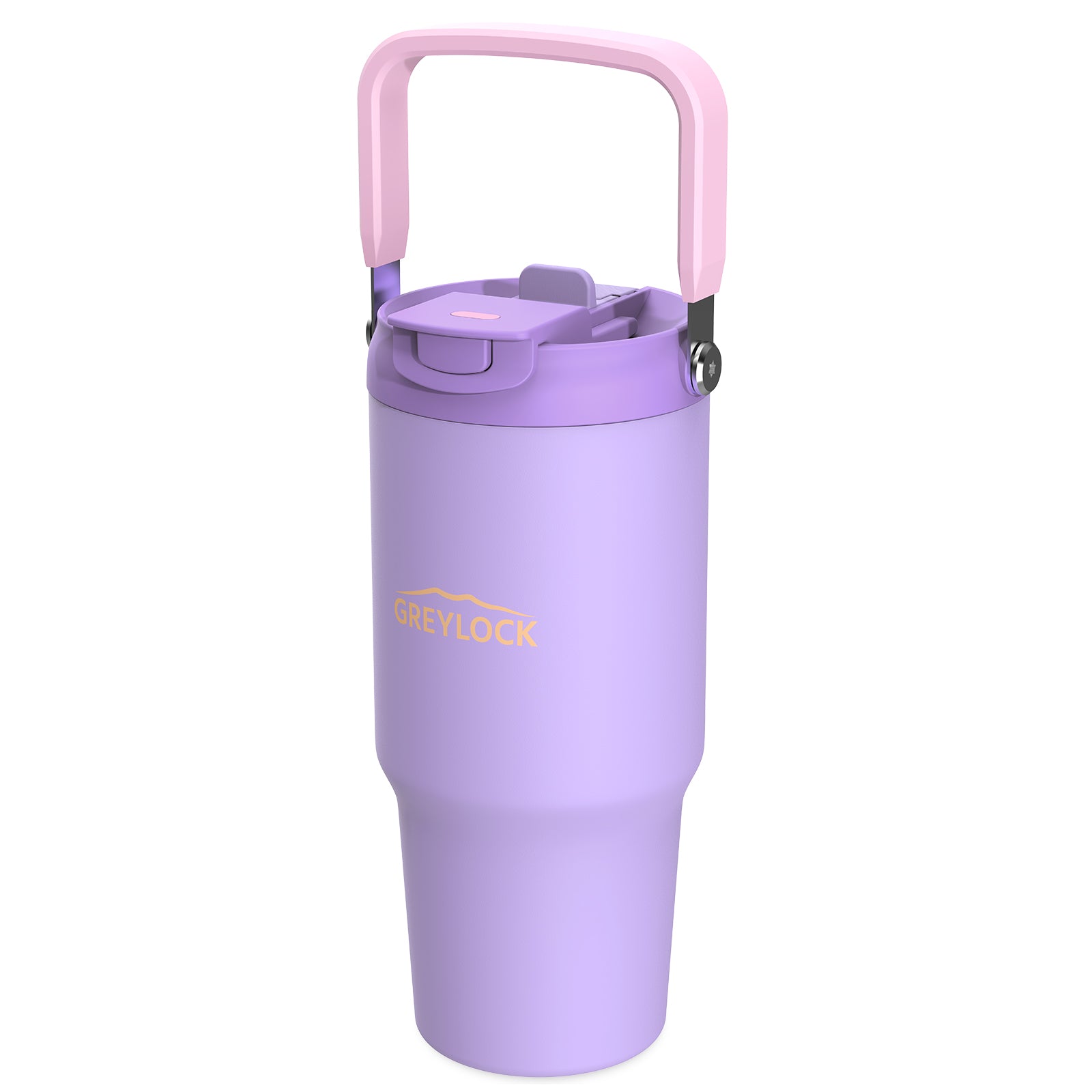
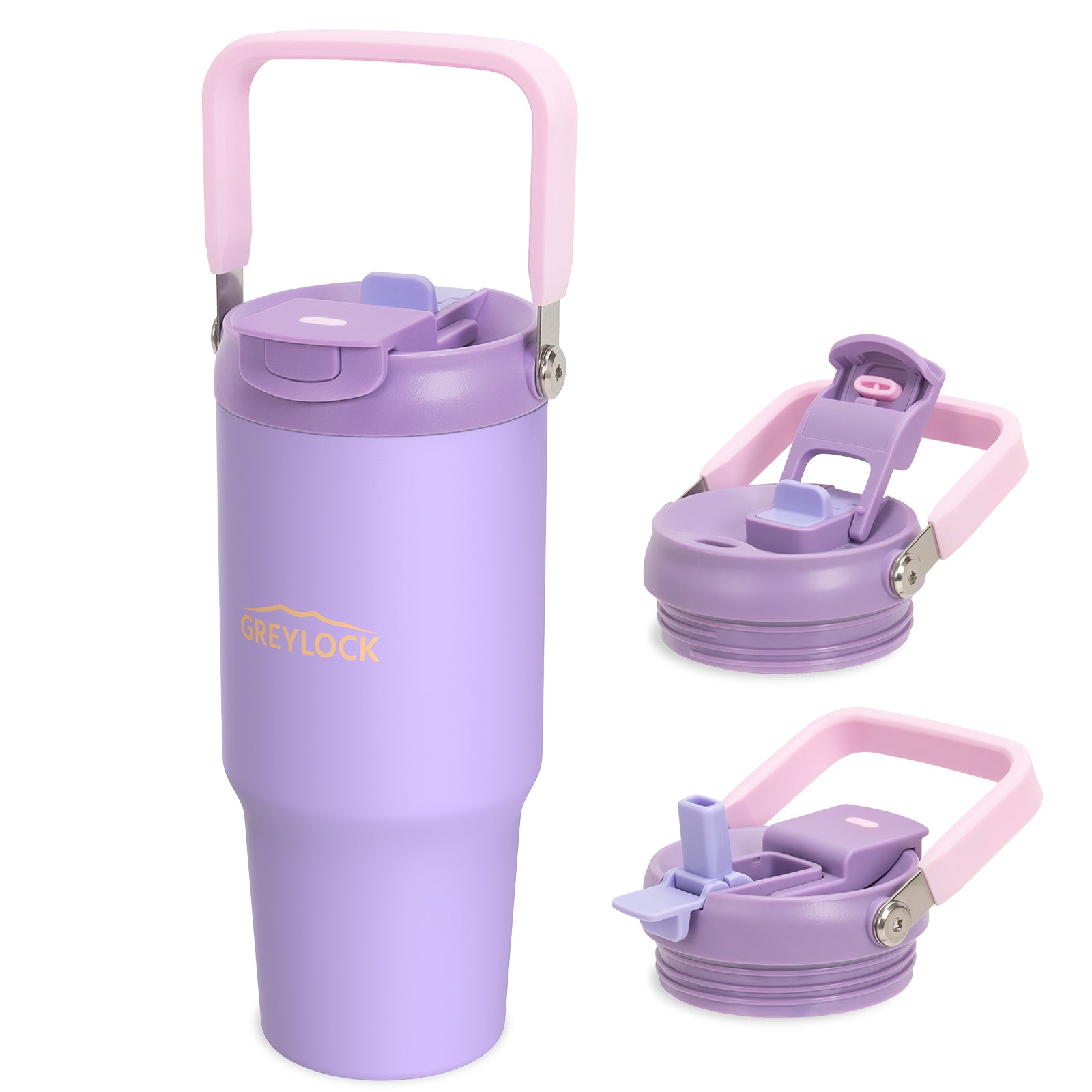


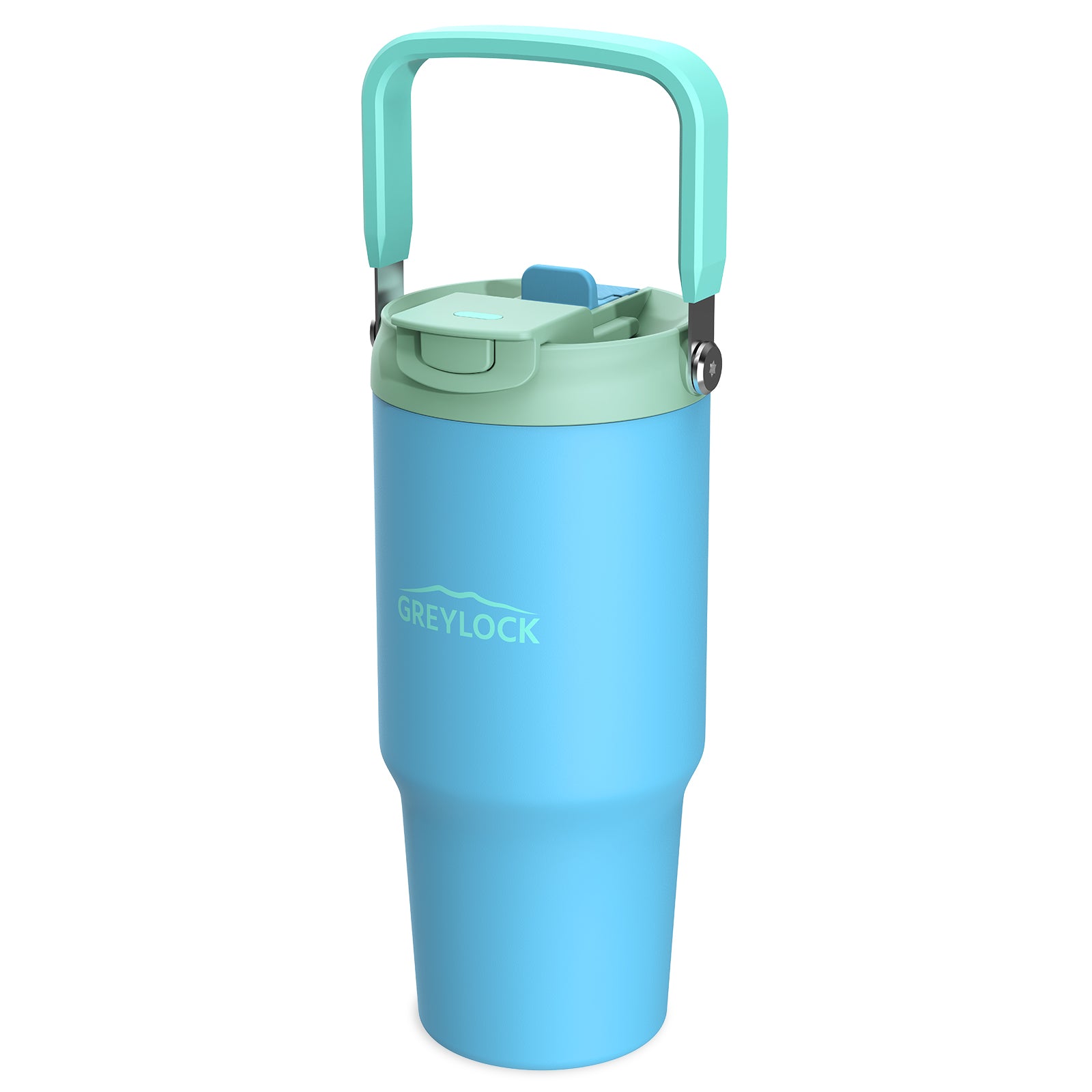
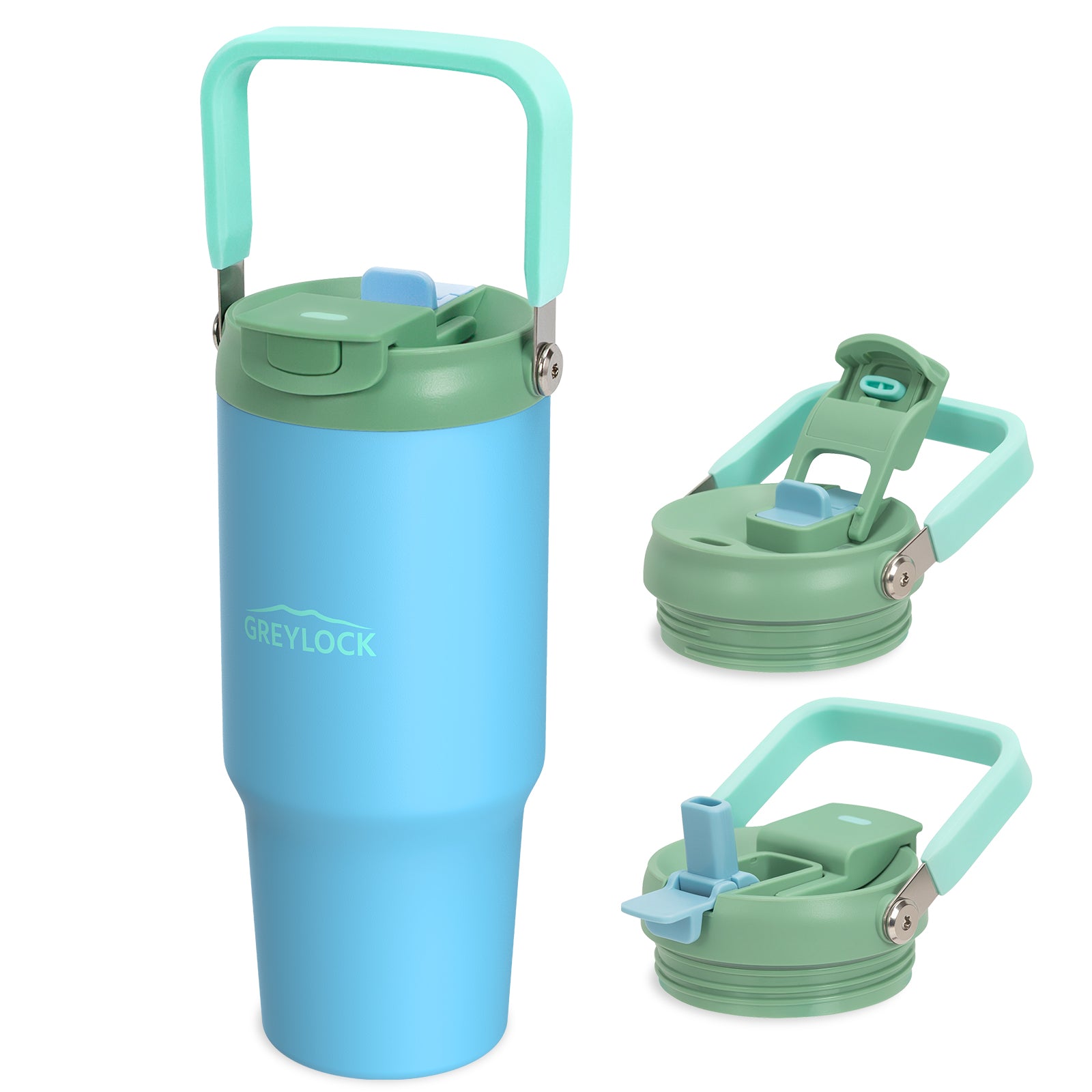


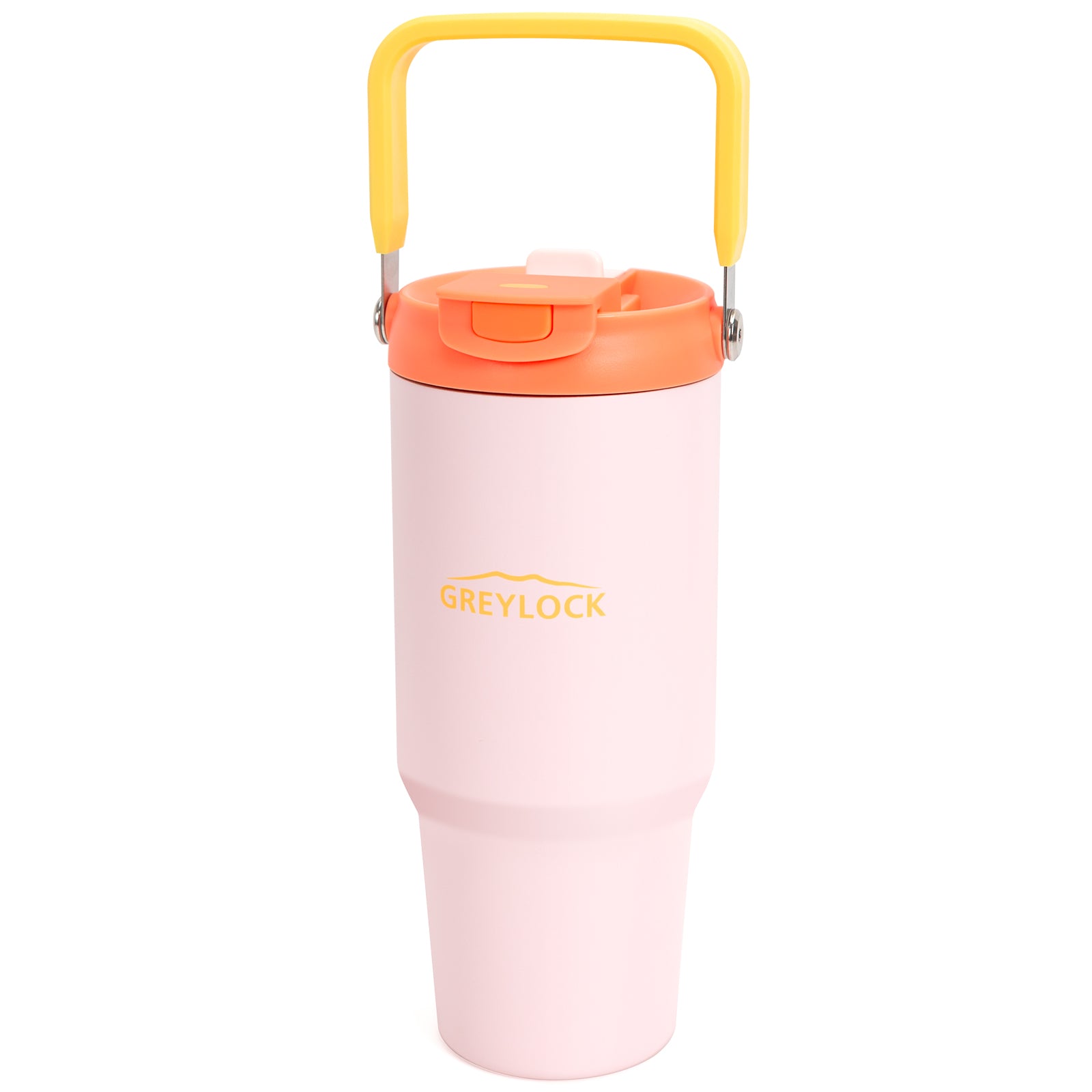
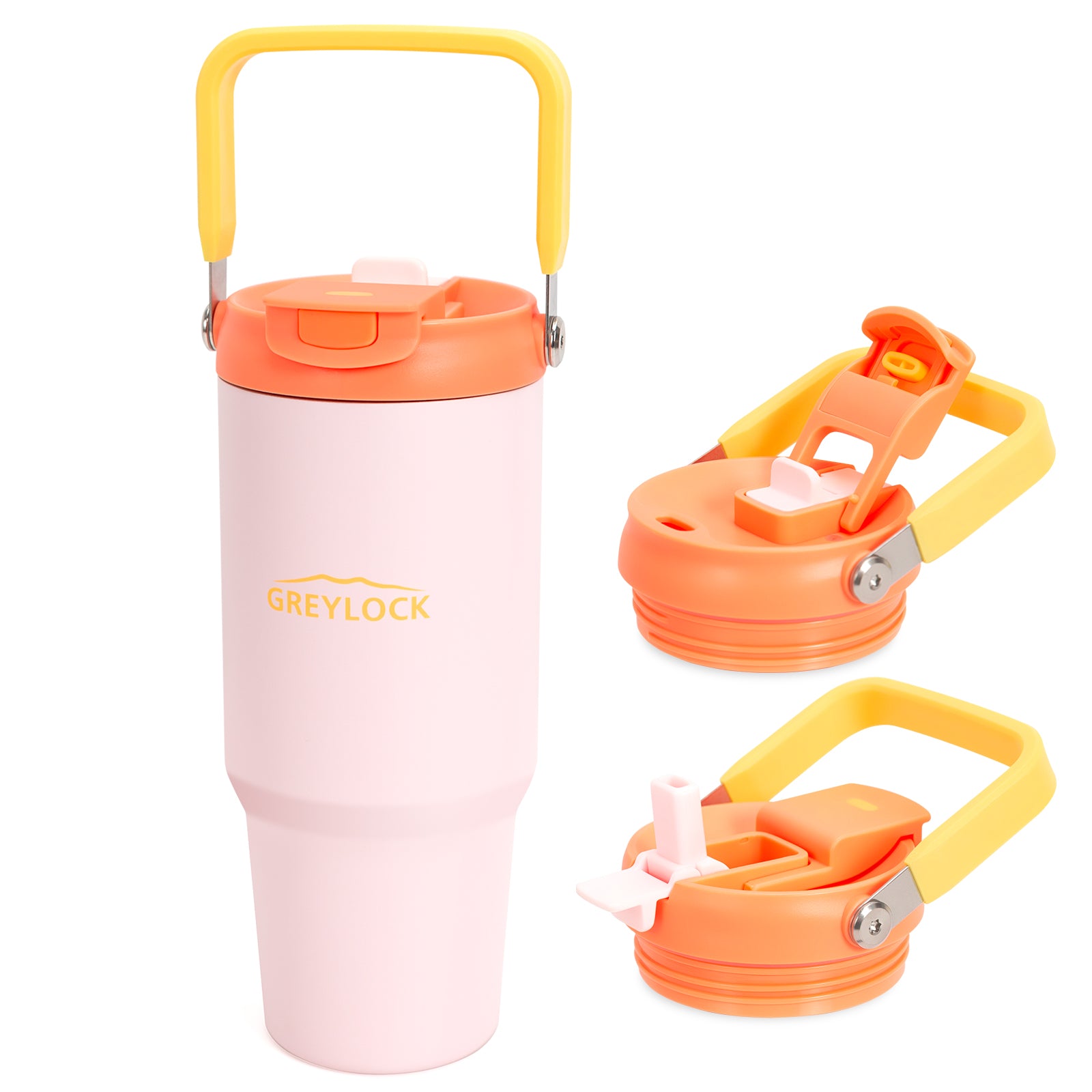
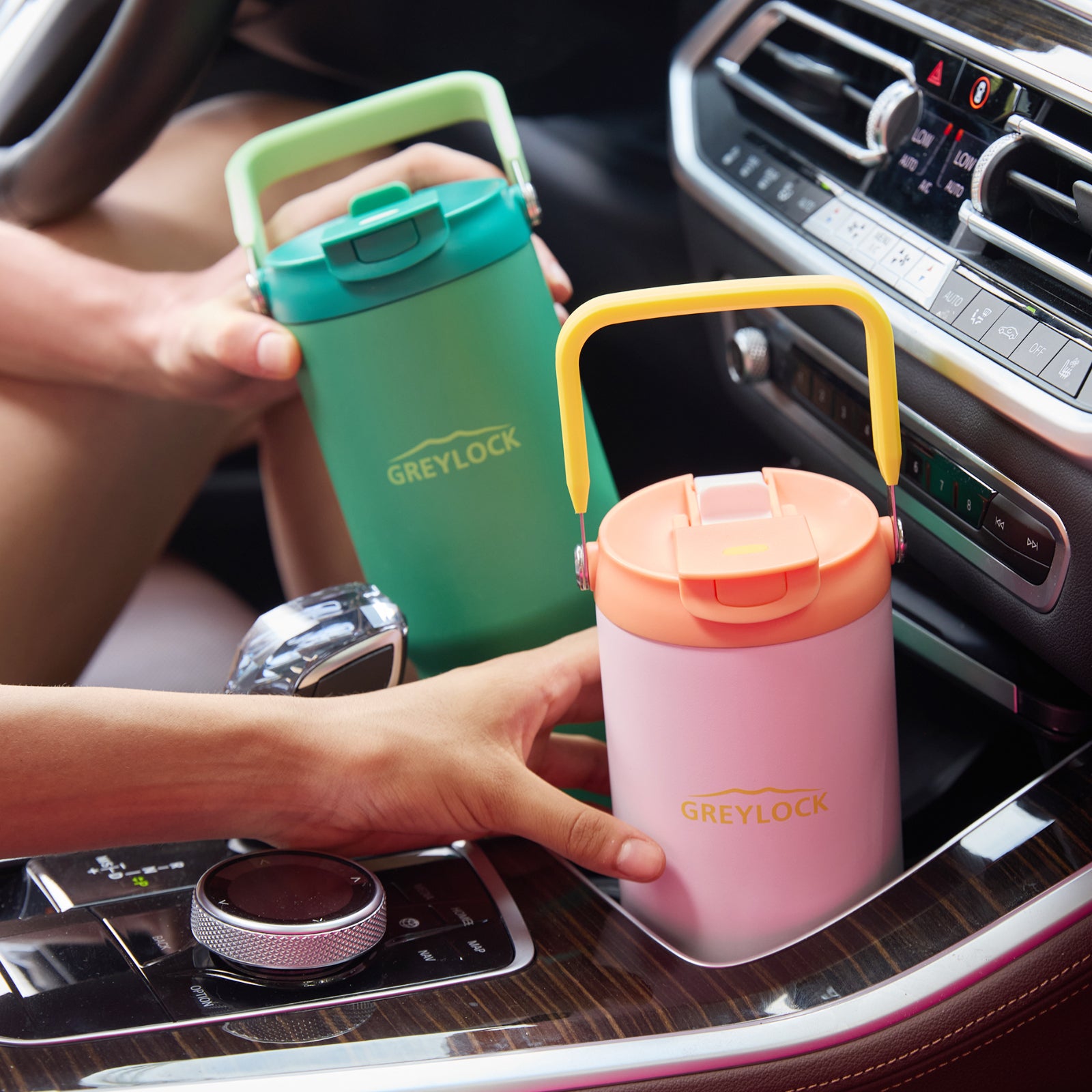

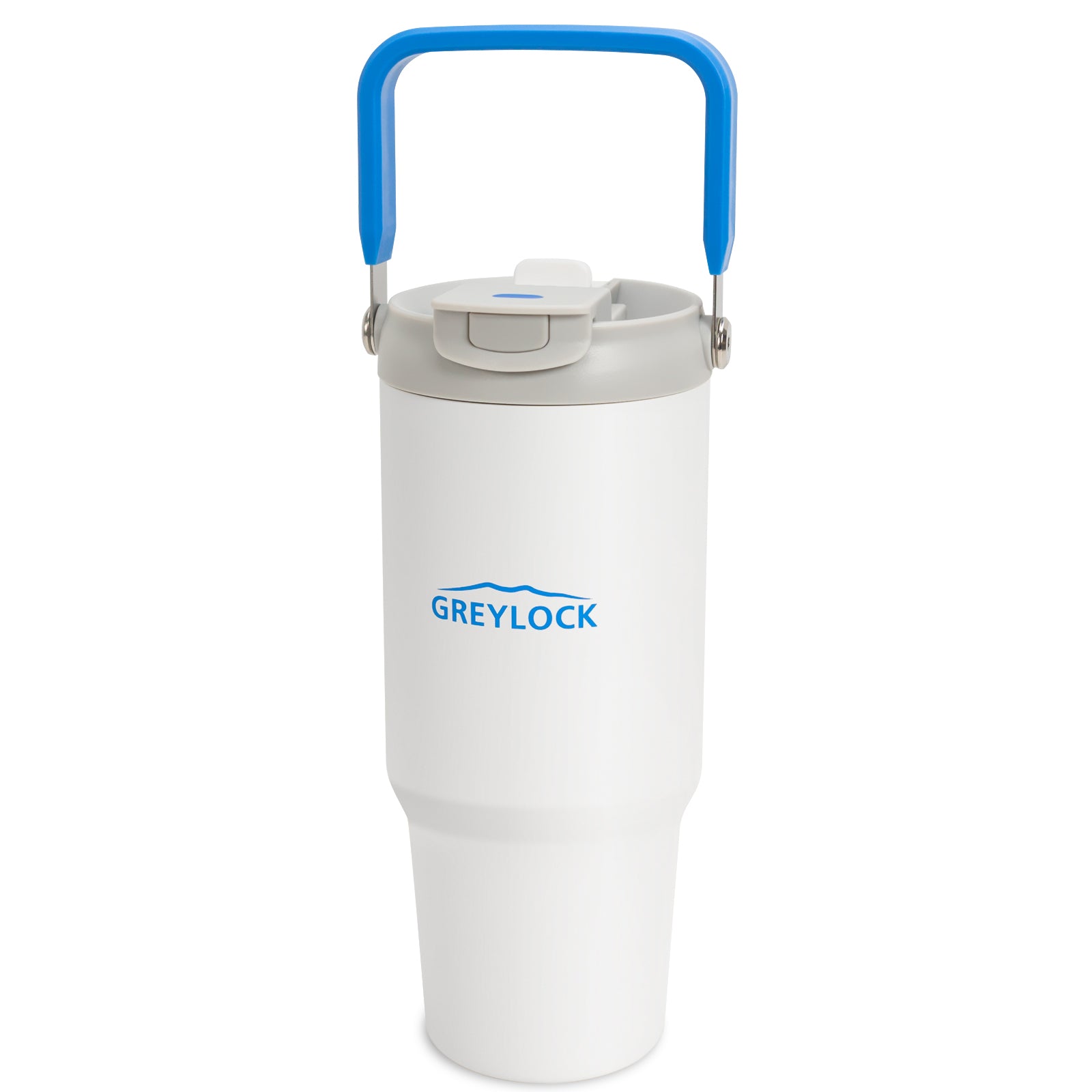
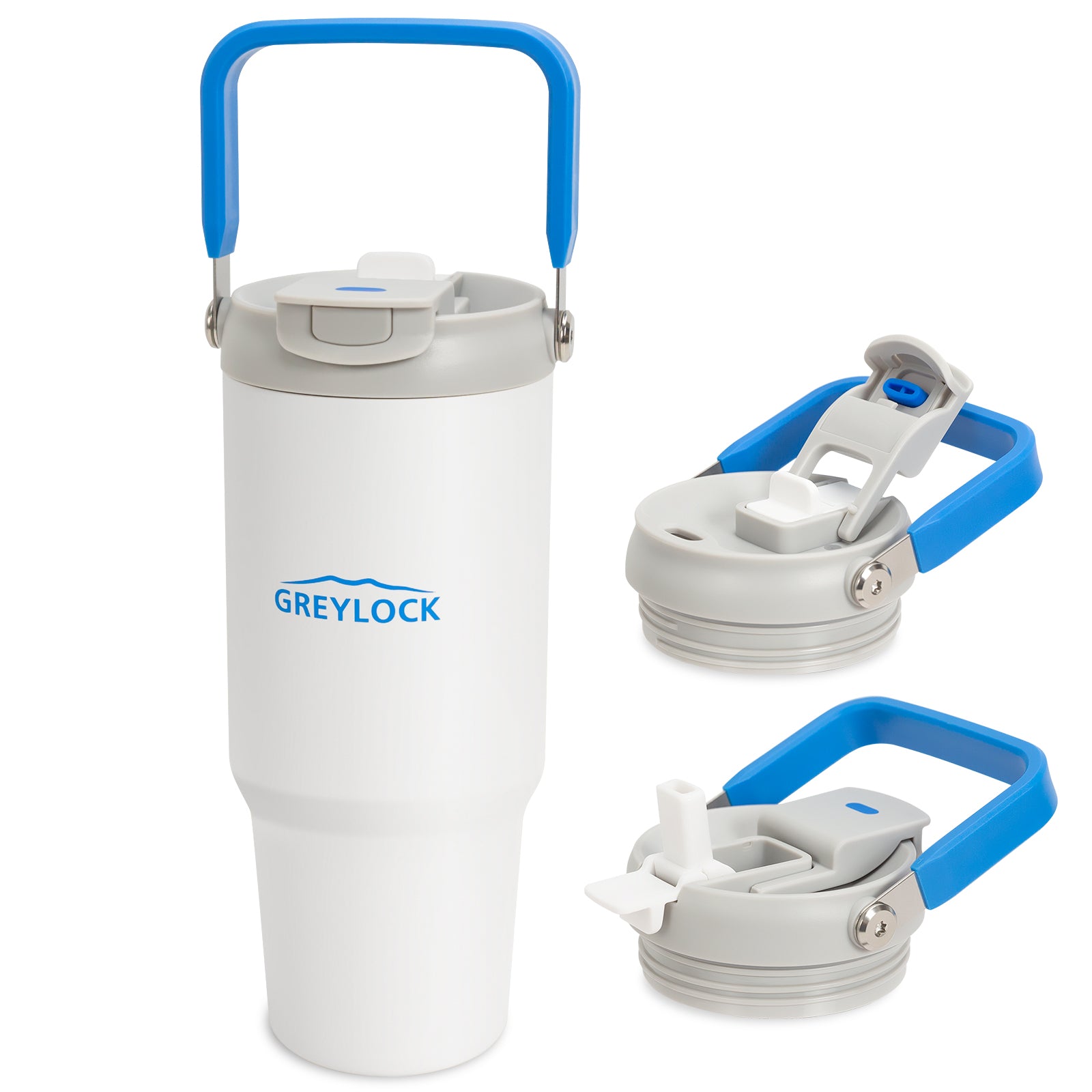
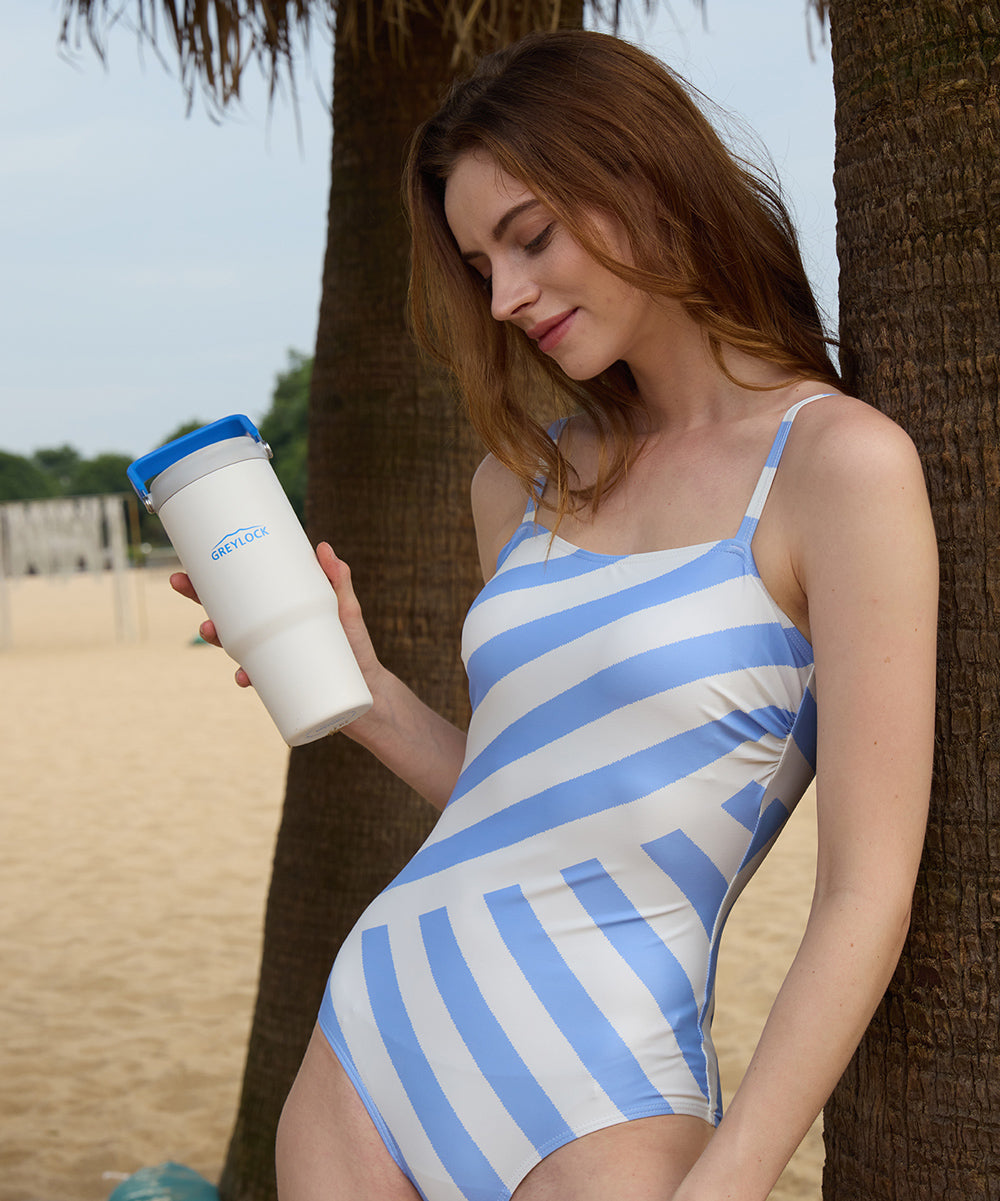
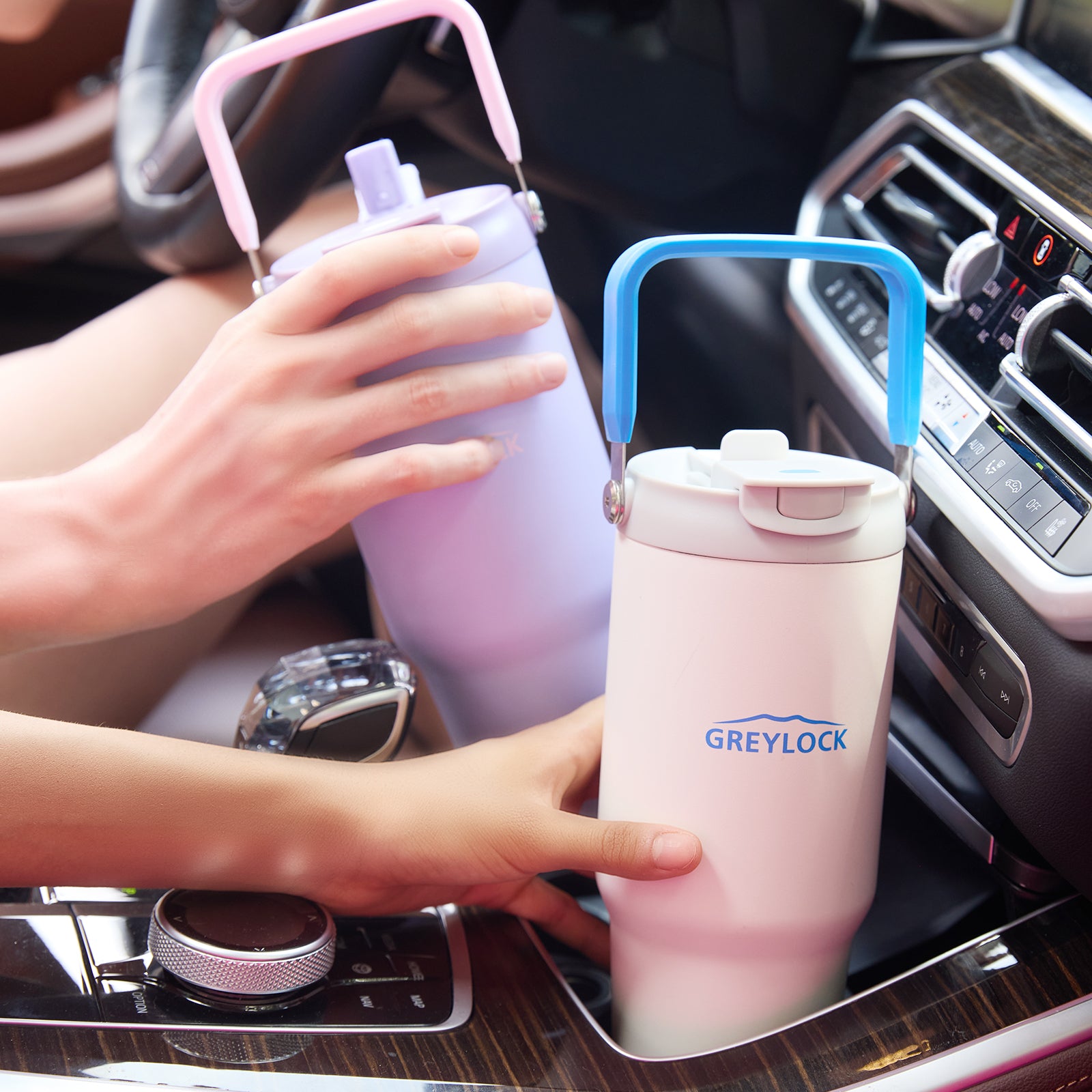



Share:
How Many Water Bottles Should I Drink a Day? Find Out How Much Water You Really Need
How Many Ounces in a Liter? Liters to Ounces Made Simple